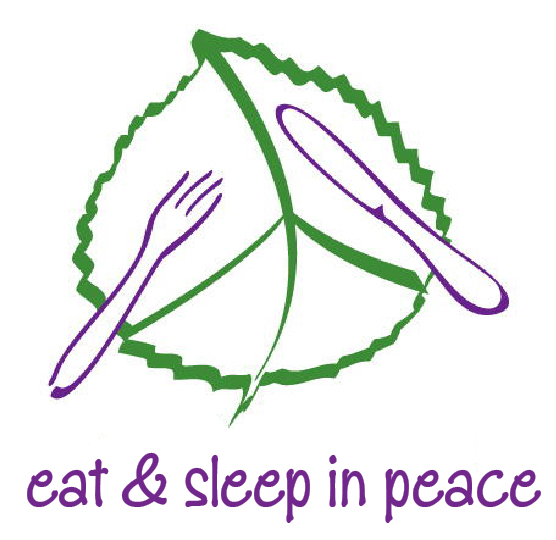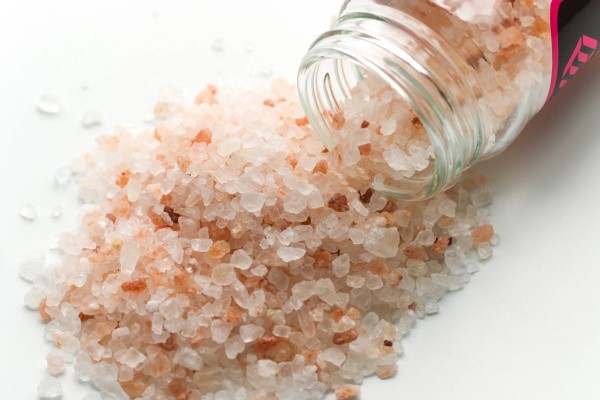“It was the life force of the ancient world” -Kurlansky
Given our current political climate, I have been thinking a lot about truth. The technical definition of truth is “that which is true or in accordance with fact or reality.”
Since I am a Piscean empath from head to toe, I also like to look at things from an emotional perspective. I like to feel my way through life, as well as think. To me, the truth is like the sunrise and the sunset. It’s like my heartbeat. The truth feels patient, steady, persistent and quiet, like it knows that it will win, even when it’s been covered up with piles and piles of bullshit.
The truth feels like salt: a staple in our kitchens without which food tastes like nothing. But salt doesn’t just bring the life out of the food we eat; it brings the life out of our bodies.
I’m writing about this because I just finished reading a book titled The Salt Fix: Why the Experts Got It all Wrong – And How Eating More Might Save Your Life by Dr James DiNicolantonio and it’s a book worth talking about, buying and reading.
For people who see or experience truth before the majority of people do, they often look crazy. Pardon me, while I take my chances to tell you that once again, the medical system has been wrong. Just like saturated fats and cholesterol aren’t the cause of heart disease, salt does not cause high blood pressure.
We demonized the wrong white crystal: “you could live the rest of your life without eating another granule of sugar, but you can’t stay alive very long without salt” (p188).
One of the chapters in this book is titled – Crystal Rehab: Using Salt Cravings to Kick Sugar Addiction. Sounds relevant, heh?
Prior to reading this book, I most definitely did not demonize salt, but I didn’t particularly celebrate it either, and I discovered why. In addition to being blamed for chronic disease, one researcher by the name of M. Lapicque proposed that salt was a condiment, and like any other flavoring agent or spice, its main purpose was as a “gustatory stimulus” (p103).
Salt is so much more than that.
First, it makes food tastes good. That alone is enough. But sodium also “maintains the optimal amount of blood in our bodies…is essential for digestion, cell-to-cell communication, bone formation and strength, and prevention of dehydration…critical to reproduction, the proper functioning of cells and muscles, and the optimal transmission of nerve impulses to and from organs such as the heart and brain” (p15).
The author says that we can start to turn this situation around by telling the truth:
“Low salt is miserable.
Low salt is dangerous.
Our bodies evolved to need salt.
Low-salt guidelines are based in inherited ‘wisdom,’ not scientific fact.
All the while, the real culprit has been sugar.
And finally: salt may be one solution to – rather than cause of – our nation’s chronic disease crisis” (p13).
Intriguing, isn’t it? Will we ever get it right? Over and over and over again, our bodies will tell us exactly what they need (like sausage and eggs for breakfast), if our head and the experts don’t get in the way:
“In essence, your body knows better than the experts how much salt it needs – and telling someone to restrict their salt intake is akin to telling someone to restrict their water intake when they are thirsty. It just makes no biological sense” (p104).
For those looking for solid guidelines, 3-6 grams of sodium per day is the optimal range for most people (1 teaspoon of salt equals about 2300 mg of sodium). This is what your body will naturally gravitate towards on its own, so if you restrict salt, expect to be hungrier as your body is not getting what it’s looking for!
As usual, not just any salt will do: “Table salt is said to be bleached (to make it pure white) and treated with high heat (around 1200 degrees Fahrenheit) and anti-caking agents (so the salt doesn’t clump together)” (p179). While Celtic and Himalayan pink salts are great, the author recommends Redmond Real Salt for its affordability, iodine content, less contamination and dryness.
In the end, just like saturated fats, we’ve been brainwashed to think that salt is a cause of disease, but the reality is that these are the very foods that satisfy our appetites and nourish our bodies. In the spirit of Outkast, I say take out that salt and shake it like Polaroid picture.
Eat your salt in peace, my friends!
Love,
Charlotte
If you like this post and want to get more goodies delivered straight to your inbox, SIGN UP for my weekly newsletter.

